
Spruce Up Your Home for Spring
Even though winter is an abbreviated season in Florida, there is still a great deal of enthusiasm for the start of spring! Longer days mean more time to enjoy the abundant sunshine, reminding us of why we love living in Central Florida. So, of course, we want to bring brightness and color to our home, as well! We at The Paint Manager welcome spring, and offer some tips on how to spruce up your home – both inside and out – to make the most of this season of new beginnings!
Welcome the New Season with a New Look
Spring provides the perfect excuse to buy new accessories and accent furniture pieces to add pizazz without making a big, expensive investment. If you’ve been careful about venturing far outside your “bubble” this past year, many of these items can be ordered online to give your home – and your spirits – a lift! Here are some ideas provided by the décor pros at The Spruce, Style Blueprint and Houzz (via Forbes).
Interior Décor Tips
Add glass, acrylic or Lucite accessories to give your rooms a light, airy look. Table lamps, vases, bowls, small accent tables, tabletops and chairs of these materials have the additional advantage of making small rooms appear larger. Furniture items are more likely to be fashioned of acrylic or Lucite, which is the brand name for a premium-quality acrylic material.
Change out your throw pillows. If you still have the pillows that came with your sofa, it’s probably time for a new look, anyway! They’re a great way to introduce new colors and textures, which open possibilities for other accessories – such as table lamps – to pick up colors in this expanded palette. Interior décor professional Lauren Flanagan shares her knowledge about how to choose the perfect throw pillow in her article for The Spruce. On a tight budget? New throw pillow covers can do the job just as well!
While we may be getting ahead of ourselves, refreshing Florida room and patio furniture with new pillows and cushions is also guaranteed to give these areas a pick-me-up that will make them a more relaxing place to unwind!
Buy new lamps. An easy and relatively inexpensive way to literally brighten your interior décor is to purchase table and/or floor lamps. You can go for a contemporary style with clean lines, tropical island or transitional – the choice is yours! New lamp shades can also provide a fresh look.
Use baskets to organize. Using baskets provides two benefits at once: They are decorative elements in their own right, plus they offer neat storage for a wide variety of items. HGTV contributing writer Allie Holcomb King shares her ideas (with photos) for solutions that are both attractive and practical!
Rearrange your artwork, or buy new pictures. Create a gallery on a stairway wall, in a foyer or any wall that can accommodate it. You don’t need a big budget to buy art! Flea markets, antiques shops and yard sales are all good sources of framed art, as are national chain stores that specialize in home accessories and craft supplies. The latter two types of establishments offer online shopping, which gives you the advantage of seeing the art on the website and ordering it without having to visit the store.
Change the knobs on your drawers and cabinets. This is one of the easiest things you can do to give your furniture or kitchen cabinets a fresh look! However, make certain the new knobs will fit.
Buy a new shower curtain. Although a shower curtain is typically the most noticeable element of a bathroom, it’s too often treated as an afterthought. Take the opportunity to make a design statement with it – and create the illusion that you’ve updated your entire bathroom!
Paint furniture and small accessories. The great part about this tip is that you don’t have to buy anything other than the paint and paintbrush (and maybe a paint tray and sandpaper)! It’s perfect for bringing new life to old pieces that have faded into the background or just look a little tired. Painting larger items like a dresser will require more elbow grease and paint supplies than a basic chair or wood table lamp, but the effect will pay off! Get creative with color, finishes and effects – such as stenciling.
Because we at The Paint Manager always put safety first, be sure that the room in which you paint is well-ventilated and free of potential hazards. Follow label instructions for all products, and wear protective gear if using spray paint (which should only be done outdoors). The good people at Krylon provide this comprehensive list of spray paint safety tips.
Paint an accent wall. Feeling a little more ambitious? Make one wall of your living or dining room an accent wall by painting it in an attention-getting (but complimentary) color. According to interior design and color consultant Diana Hathaway Timmons in her article for The Spruce, “Accent walls are alive and well in the decorating industry. These easy and stylish color accents will always be popular because of their flexibility. You have unlimited paint options for your accent wall, as well as other surfaces and materials. Even the location of your accent wall is purely personal. Your home is unique, so your accent wall should be just as special.”
Again, be sure you have proper ventilation and take all safety precautions – as well as invest in the right ladder for the job! Don’t try to improvise with a step stool or – even worse – a chair. Keep children and pets out of the room while you’re working.
Refresh Your Yard and Patio
Just as with our interior décor tips, there are many inexpensive ways to refresh your outdoor area! Changing out patio chair and lounge cushions are a good start, and often necessary in Florida, where high humidity encourages mold and mildew growth. It may also be time for a new patio table umbrella. If your patio furniture is showing its age, repaint it! Just follow the precautions we noted earlier, and follow label instructions for any product you use.
Buy container plants. Bright, flowering annuals in decorative pots can brighten up any area of the patio or front exterior that you want. Choose planters that complement your home’s architectural style and color, and – depending upon the color of your thumb – plants that are easy to care for. Garden enthusiasts will be willing to spend more time caring for higher-maintenance plants than those who just want a pop of color on their front porch or by the pool. Buy plants of varying heights and group together for additional visual interest.
Add landscape lighting. Given the variety of solar-powered landscape lights available at all price points, investing in lights to define pathways and plant beds need not be expensive. Our blog post – “Path Lighting Ideas for Safety and Beauty” – covers this topic in detail.
Add decorative lighting. Our blog post – “How to Use Outdoor Lighting as a Home Improvement” – provides plenty of ideas, such as using string lighting. Positioned at regular intervals, overhead string lighting can illuminate your courtyard. Or use café lights in a string formation. Lanterns also provide evening charm!
Consider a water feature – Adding a water feature (fountain) in your garden or patio can make your surroundings calm and serene, as well as creating an intriguing visual accent. Fountains are available in a variety of styles – from minimalist to traditional – at a price point for every budget. A self-contained fountain is typically less expensive and easier to install than one with a reservoir and pump, which requires a plumber to install.
Make Your Home Your Haven Throughout the Year
We hope our ideas help inspire you to bring more joy into your home and into your life! When you need home repairs or maintenance, The Paint Manager is here! At the present time, our professional contractors are only available for exterior jobs. Of course, we will let our valued members know when we are again able to provide our full range of services. As always, we appreciate your support! Feel free to contact us to schedule an appointment or ask questions, and stay safe!






 Pressure washing is one of those jobs that inexperienced, yet physically sturdy people often think they can take on themselves and save money. Of course, only you can judge your own capability to handle the equipment. Yet just because you may be able to wield the wand with ease, keep in mind that it can be hazardous if you aren’t familiar with how to work a pressure washer. Dangers include using too much pressure or the wrong nozzle – which can damage surfaces (such as siding, mortar and wood), break windows, and even cause injury. Improper use can also blast paint off, which means you’ll be repainting long before you intended. When it comes to safe, successful pressure washing, brain is as important as brawn.
Pressure washing is one of those jobs that inexperienced, yet physically sturdy people often think they can take on themselves and save money. Of course, only you can judge your own capability to handle the equipment. Yet just because you may be able to wield the wand with ease, keep in mind that it can be hazardous if you aren’t familiar with how to work a pressure washer. Dangers include using too much pressure or the wrong nozzle – which can damage surfaces (such as siding, mortar and wood), break windows, and even cause injury. Improper use can also blast paint off, which means you’ll be repainting long before you intended. When it comes to safe, successful pressure washing, brain is as important as brawn.
 But first, let’s consider your motivation for painting your house. If you’re planning to sell, giving the exterior a fresh coat of paint is a sure way to
But first, let’s consider your motivation for painting your house. If you’re planning to sell, giving the exterior a fresh coat of paint is a sure way to
 First up, author
First up, author For those who prefer a more traditional take on warm autumn hues, floral arrangements are a perfect way to set the tone.
For those who prefer a more traditional take on warm autumn hues, floral arrangements are a perfect way to set the tone.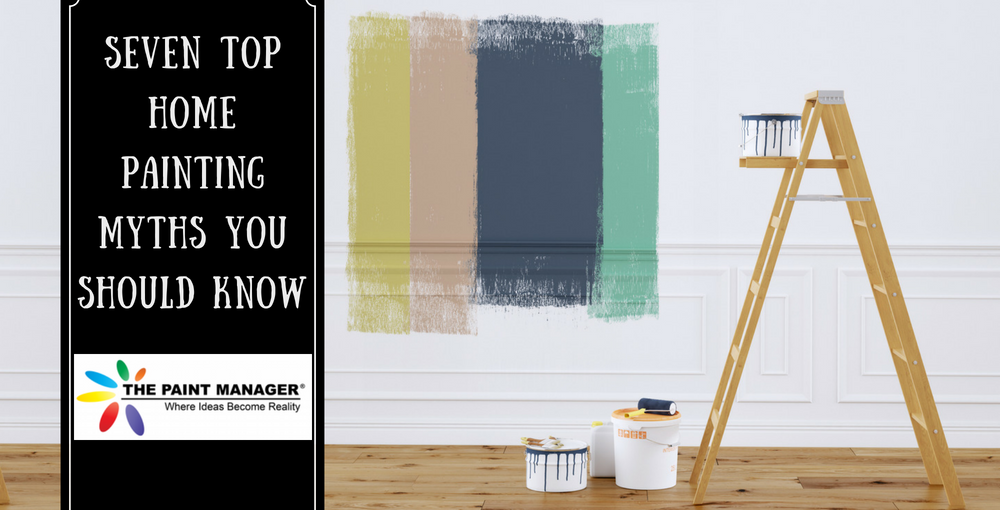
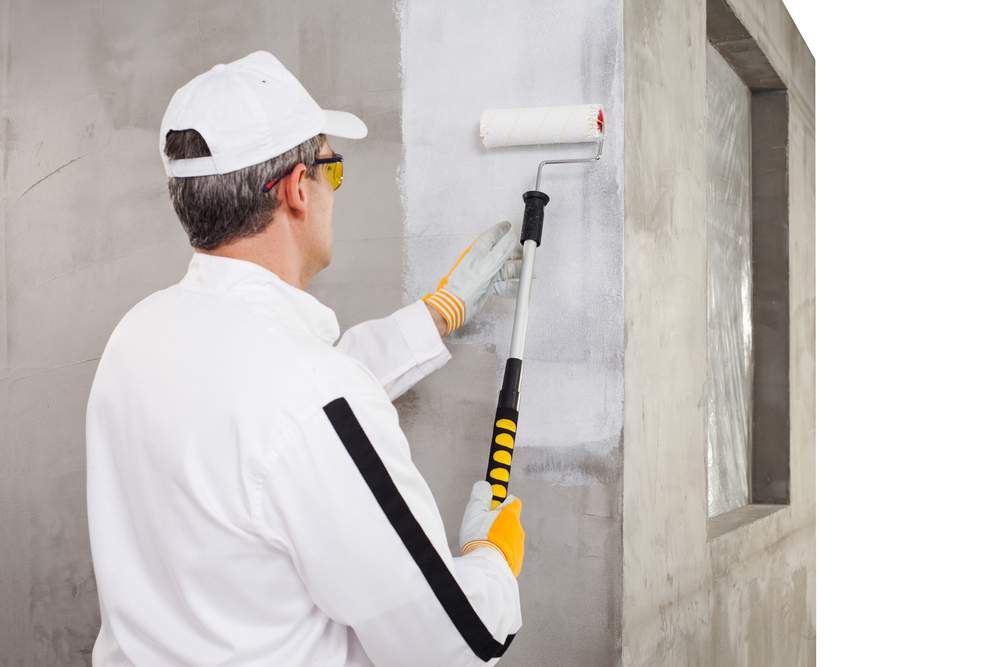
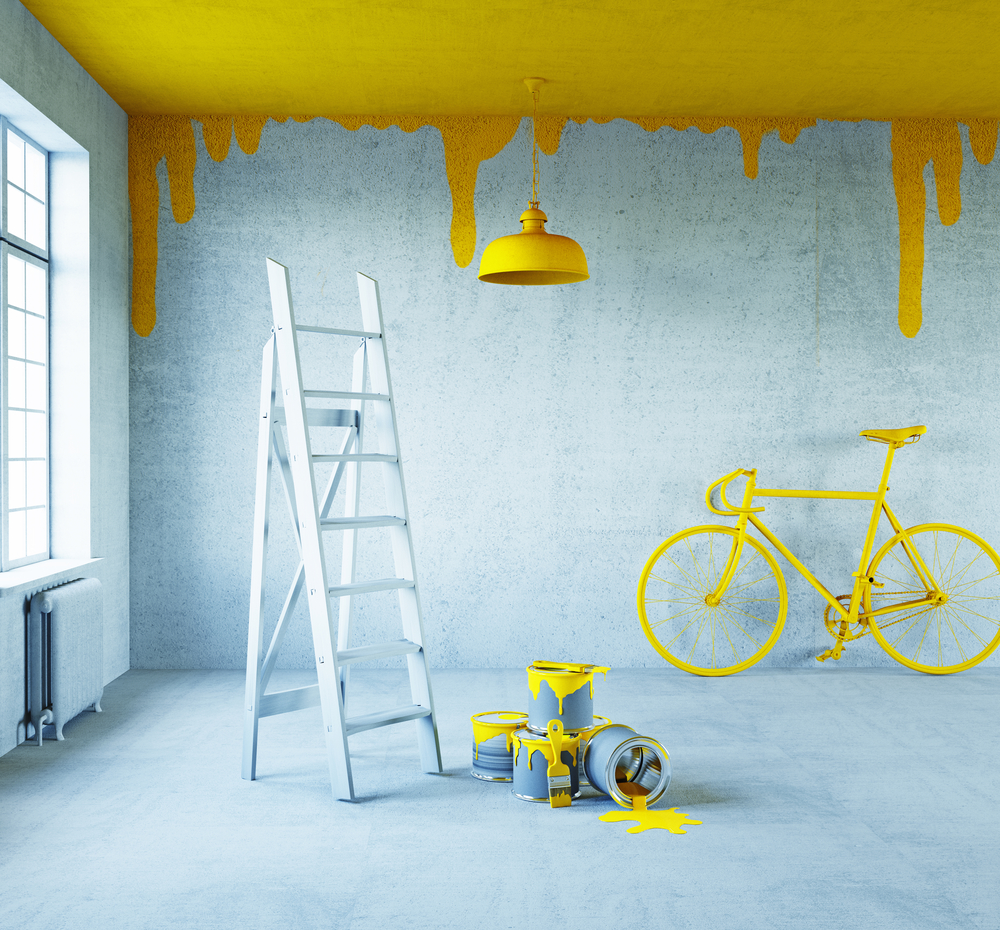



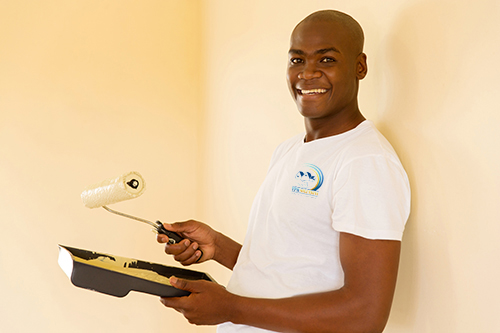 The number one reason why you should call
The number one reason why you should call 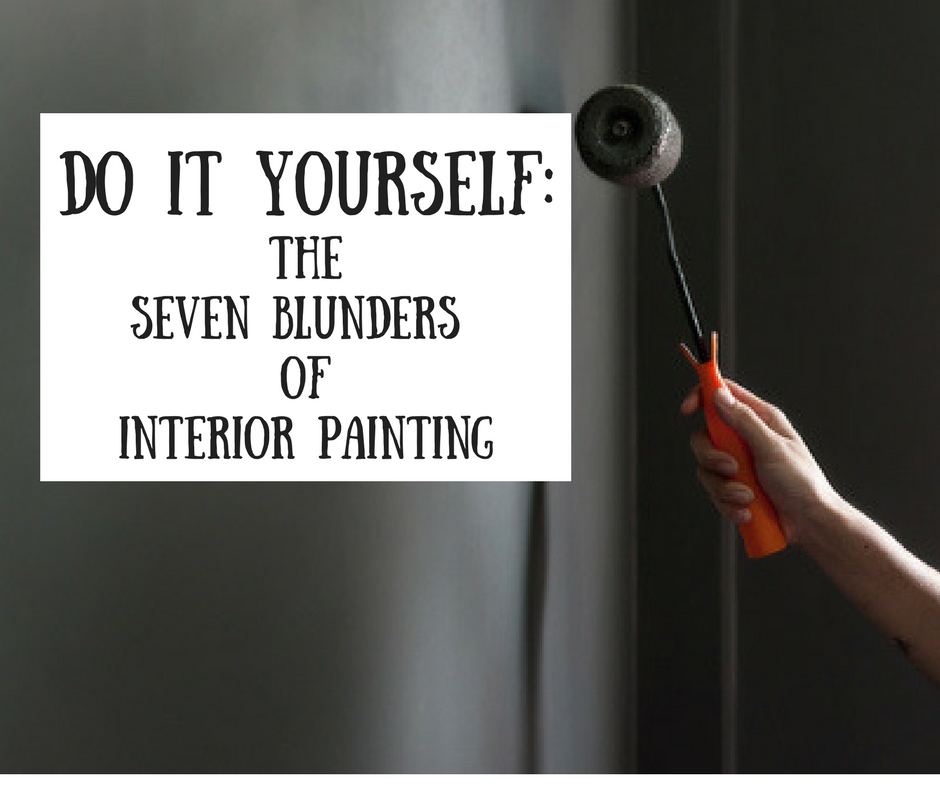
 How do you tell the difference between a
How do you tell the difference between a  There are numerous types of paint on the market. Knowing what types are appropriate for the job can make or break your project. In high traffic areas, such as the hallways or entryway, use satin finish. Accent walls work best in matte finish.
There are numerous types of paint on the market. Knowing what types are appropriate for the job can make or break your project. In high traffic areas, such as the hallways or entryway, use satin finish. Accent walls work best in matte finish. If you’ve ever had a manicure, you will probably know why doing this can be a problem. There is a reason the nail artist removes the old coats of polish. Painting over an already glossy surface could end in an uneven finish, chipping, cracking, or discoloration. Paint requires a slightly gritty surface in order to stick. Glossy walls lack the right texture to hold on to the paint properly.
If you’ve ever had a manicure, you will probably know why doing this can be a problem. There is a reason the nail artist removes the old coats of polish. Painting over an already glossy surface could end in an uneven finish, chipping, cracking, or discoloration. Paint requires a slightly gritty surface in order to stick. Glossy walls lack the right texture to hold on to the paint properly.